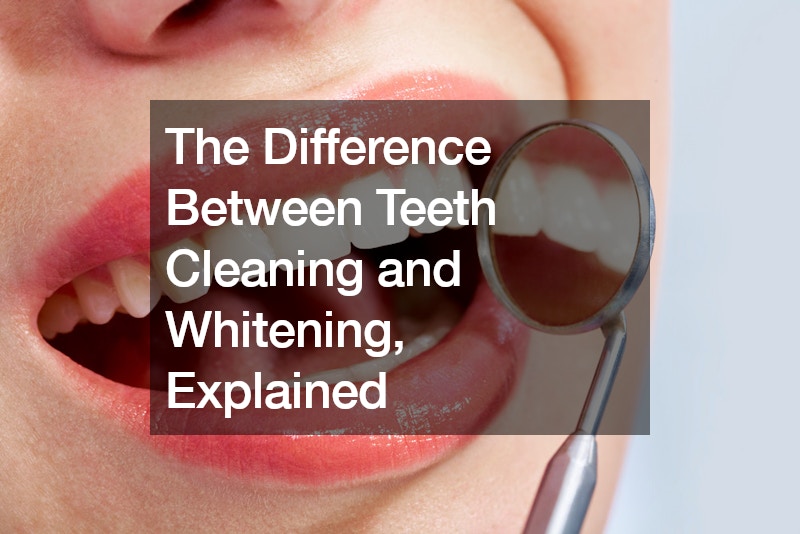
When it comes to dental care, knowing the distinction between tooth cleaner and whitening is essential. Tooth cleaning primarily focuses on removing plaque, tartar, and stains from the surface of teeth, enhancing oral hygiene, and preventing gum diseases. This procedure is typically performed by dental hygienists in dental offices, using specialized tools to scrape away buildup and polish the teeth.
Teeth whitening aims to lighten the color of teeth, targeting intrinsic and extrinsic stains caused by several factors. While tooth cleaner addresses surface stains, teeth whitening procedures penetrate the enamel to alter the natural color of the teeth.
These services are commonly provided by dentists, either through in-office treatments or take-home kits.
While tooth cleaning is a routine part of preventive dental care, teeth whitening is more of a cosmetic procedure sought for aesthetic purposes. Tooth cleaning helps maintain oral health by preventing decay and gum diseases, while teeth whitening enhances the appearance of teeth. It’s important to note that tooth cleaning is typically covered by dental insurance as a preventive measure, whereas teeth whitening may be considered an elective cosmetic treatment and may not be covered.
Regular tooth cleaning appointments are essential for helping maintain optimal oral hygiene, while teeth whitening procedures offer a cosmetic solution for achieving a brighter smile. Consulting with a dentist can help individuals identify which services are suitable for their specific dental needs and goals.
.

